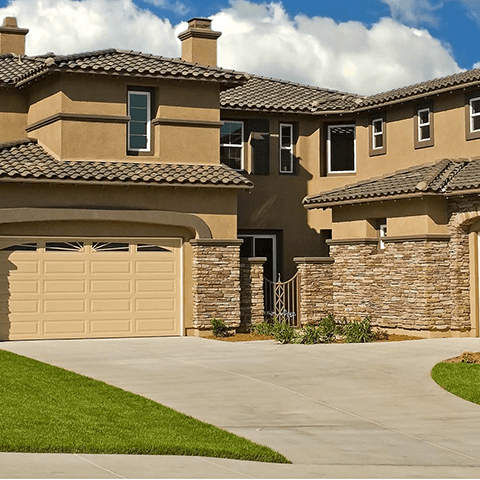
HOUSING TRENDS FOR 2020: WHAT WE EXPECT
Yet another year—and another decade—is coming to a close, and we once again look ahead to what’s in store in the new year. It’s safe to say that 2019 threw the housing market for a loop, as interest rates dropped to all-time lows even though most in the industry predicted an increase. So what does 2020 look like in the wake of the rate drop? Let’s explore the housing trends for 2020 and what they mean for you.
Interest Rates
Perhaps because of the unexpected drop, industry experts are perhaps less eager to predict big changes going into 2020. Where last year’s predictions expected a fairly large jump, current predictions are more conservative. Many expect the rates to remain low—perhaps averaging out at 3.6% to 3.9% over the course of 2020—with modest increases at best. Currently, the rate hovers around 3.99% but it has gone as low as 3.55% in August 2019.
However, as Freddie Mac noted, predictions are not guarantees, so only time will tell for certain. Also, for anyone preparing to buy or refinance a home in 2020, locking in the lowest-possible rate will continue to be important, since even seemingly small fluctuations can have a big impact over the course of a 30-year mortgage.
Buyer’s or Seller’s Market?
Southern California being what it is, the market will likely continue to be a seller’s market with a continual increase in house values. Lack of supply is an ongoing issue and one that will continue to push prices higher. However, the rates of increase are expected to slow a bit in the new year. First-time Millennial buyers will continue to enter the market and compete with older homeowners looking to downsize.
What Could Make the Rate Increase?
Some experts are pointing out that it’s not impossible for rates to jump. The housing trends for 2020 may depend a great deal on whether trade relations improve with foreign markets—China in particular. Struggles there could trigger a bit of a recession, which would lead to rate cuts. Improved markets, however, would likely mean rate hikes. As Investopedia.com notes, while the Federal Reserve does not specifically set mortgage interest rates, it all comes back to supply and demand—in weak economies, there is more money available to lend, so rates drop. As economies improve, demand increases, and so do interest rates.
Housing Trends for 2020: What they Mean for You
What does it all mean? Much like what we said at this time last year, if you are considering purchasing a new home soon, now is the time. However, you must do your due diligence in preparing your personal finances, credit score, and budget. Make sure you know how much house you can afford before you start looking. If you can’t afford it, don’t buy it—no matter how great the rates are. You would do well to sit down with a mortgage broker who can review your financial information and provide guidance on your best options to achieve homeownership.

